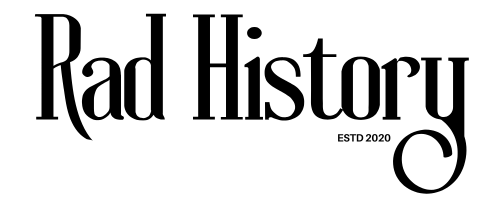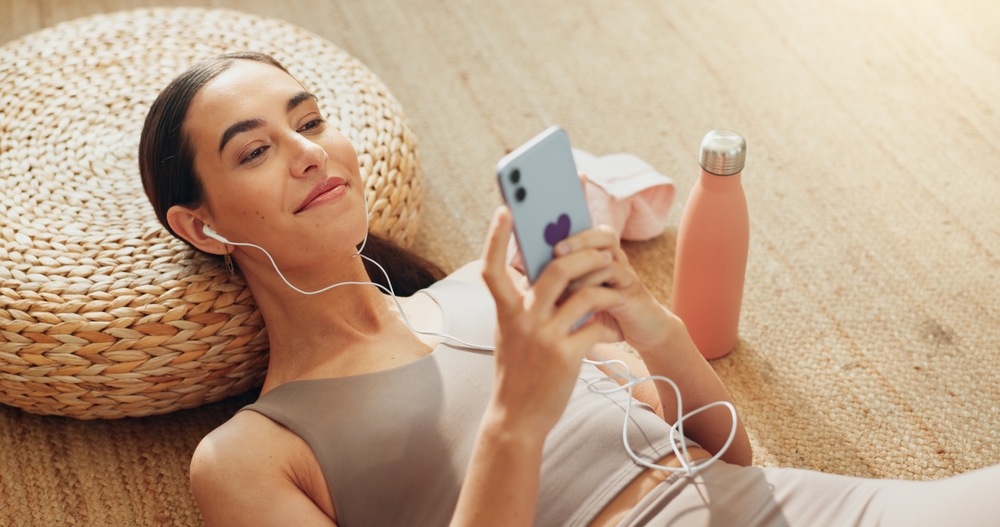Are you actually improving your mental health—or just checking off another app notification? Mental health apps have exploded in popularity, promising everything from daily mood tracking to on-demand therapy. For many, they offer a low-barrier way to start healing. But as these digital tools flood our screens, a quieter conversation is surfacing.
Where Mental Health Apps Are Actually Winning
For all the skepticism, mental health apps do bring something valuable to the table—especially for those who can’t or won’t access traditional therapy.
What are some of their strengths?
- Lowering the barrier to entry
You don’t need a referral, insurance, or even pants to use a mental health app. That’s a win for anyone intimidated by the logistics or cost of formal treatment. - Creating routines that support mental hygiene
Habit-forming features like daily journaling, mindfulness reminders, or mood check-ins can anchor people in self-awareness practices that might otherwise fall by the wayside. - Offering anonymity and autonomy
For folks nervous about stigma or skeptical of therapy, apps offer a private, self-directed way to start engaging with their mental health. - Introducing CBT-based tools at scale
Many apps include cognitive behavioral therapy (CBT) frameworks—such as identifying distorted thoughts or tracking triggers—which are evidence-based and widely used in clinical settings. - Bridging the gap between appointments
For people already in therapy, apps can provide supplementary support for reflection or symptom tracking in between sessions.
If this sounds like a mental health revolution in your pocket, you’re not wrong. But revolutions can also come with unexpected side effects.
The Risks of Putting a Therapist in Your Phone
Let’s be real: most mental health apps aren’t therapists. And even the ones that connect you with real professionals often operate in a gray zone when it comes to clinical oversight, continuity of care, or quality control.
What are some major red flags?
- Lack of regulation
There is no universal standard for what makes a mental health app “effective.” Many aren’t tested in peer-reviewed studies, and some have little to no mental health professionals involved in their design. - Data privacy concerns
Studies have found that some apps collect and share sensitive data—your moods, journal entries, even suicidal ideation—with third-party advertisers or data brokers. That’s not just creepy. It’s potentially dangerous. - Overpromising results
“Feel better in 7 days” makes a great marketing line, but mental illness doesn’t follow calendar invites. Framing emotional regulation as something that should respond quickly to an app’s prompts can lead to shame or disappointment when real progress is slow. - The illusion of help
An app that logs your panic attacks might feel like action—but unless it helps change your experience or connect you to deeper care, it’s just a high-tech diary. - Algorithmic therapy is not the same as real therapy
AI-based chatbots like Woebot may mimic a therapeutic conversation, but they can’t tailor advice to your personal history, complex trauma, or cultural context. It’s like getting a pep talk from someone who read a book once about psychology.
Who’s Really Benefiting—and Who’s Being Left Behind
Many mental health apps are built for people with relatively mild issues: stress, occasional anxiety, or trouble sleeping. But what about users living with major depression, PTSD, or bipolar disorder? For them, an app might not just be insufficient—it could delay urgently needed treatment.
- People with severe or persistent mental illness often need human connection, long-term plans, and medication management—none of which most apps can provide.
- There’s also a class divide in digital access. While apps are “cheaper” than therapy, they often rely on expensive phones, solid data plans, and tech-savviness—not a given for many people struggling with mental health.
- And let’s not forget the “productivity culture” angle. Some users—especially in workaholic or hustle-oriented circles—use mental health apps to optimize themselves, not heal. Meditation becomes another item on the to-do list, and the deeper issues never get addressed.
What the Research Actually Says
Despite the hype, the research is still catching up. A 2022 meta-review published in PLOS Digital Health found that while some apps show moderate benefits—particularly those using CBT principles—many suffer from high user drop-off rates, poor adherence, and exaggerated claims.
The American Psychiatric Association developed an app evaluation framework, warning that many mental health apps lack real-world testing or long-term outcome studies. And the National Institutes of Health has cautioned that self-guided apps are not a substitute for therapy, especially for people with diagnosable conditions.
Translation: apps can help—but only if used wisely, and with realistic expectations.
So Should You Use One? Yes—but Not Blindly
If you’re curious about mental health apps, don’t delete them from your phone just yet. But treat them the same way you’d treat a multivitamin: potentially useful, definitely not a replacement for a more comprehensive health plan.
Here are a few ways to approach them smartly.
- Choose apps that are transparent about their methods and backed by research
Look for affiliations with academic institutions or health organizations. - Read the privacy policy
It’s boring, but it tells you if they’re sharing your data with advertisers—or worse. - Don’t treat the app like a therapist
If you’re in crisis or struggling long-term, reach out to a licensed professional or local support service. - Track how the app makes you feel
If using it becomes another stressor, that’s a sign to take a break or find a different approach. - Use apps as a supplement, not a crutch
Pairing them with real-world support—like therapy, support groups, or social connection—is where they’re most powerful.
Swipe Mindfully, Not Blindly
There’s no doubt that mental health apps have cracked something open. They’ve made talking about emotions more mainstream, created new paths to self-awareness, and helped normalize the idea that your mental health deserves attention.
But they’re not magic. And when we expect them to replace the messy, slow, often human work of healing, we risk swapping one kind of avoidance for another—one that’s neatly packaged and monetized.
The revolution is real, but it’s not a cure-all. And in a world obsessed with speed and convenience, it’s worth remembering that real mental health progress might still come from the analog stuff: sitting with your feelings, talking to someone who listens, and taking the long road—one breath, one step, one messy conversation at a time.








